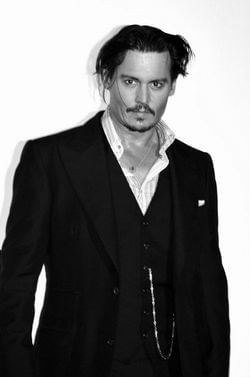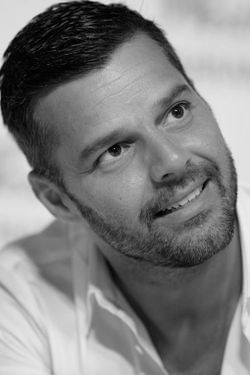
Photo Attribution: EatPay3, CC BY-SA 4.0 https://creativecommons.org/licenses/by-sa/4.0, via Wikimedia Commons
John Wayne
This example has been viewed 178x times
Summary
Rodden Rating
Analysis for John Wayne
Biography
Marion Robert Morrison[1][a] (May 26, 1907 – June 11, 1979), known professionally as John Wayne, was an American actor. Nicknamed "Duke", he became a popular icon through his starring roles in films which were produced during Hollywood's Golden Age, especially in Western and war movies. His career flourished from the silent film era of the 1920s through the American New Wave, as he appeared in a total of 179 film and television productions. He was among the top box-office draws for three decades[3][4] and appeared with many other important Hollywood stars of his era. In 1999, the American Film Institute selected Wayne as one of the greatest male stars of classic American cinema.[5]
Wayne was born in Winterset, Iowa, but grew up in Southern California. After losing his football scholarship to the University of Southern California due to a bodysurfing accident,[6] he began working for the Fox Film Corporation. He appeared mostly in small parts, but his first leading role came in Raoul Walsh's Western The Big Trail (1930), an early widescreen film epic that was a box-office failure. He played leading roles in numerous B movies during the 1930s, most of them also Westerns, without becoming a major name. John Ford's Stagecoach (1939) made Wayne a mainstream star, and he starred in 142 motion pictures altogether. According to biographer Ronald Davis, "John Wayne personified for millions the nation's frontier heritage."[7]
Wayne's other roles in Westerns included a cattleman driving his herd on the Chisholm Trail in Red River (1948), a Civil War veteran whose niece is abducted by a tribe of Comanches in The Searchers (1956), a troubled rancher competing with a lawyer (James Stewart) for a woman's hand in The Man Who Shot Liberty Valance (1962), and a cantankerous one-eyed marshal in True Grit (1969), for which he received the Academy Award for Best Actor. Wayne is also remembered for his roles in The Quiet Man (1952) with Maureen O'Hara, Rio Bravo (1959) with Dean Martin, and The Longest Day (1962). In his final screen performance, he starred as an aging gunfighter battling cancer in The Shootist (1976). Wayne made his last public appearance at the Academy Awards ceremony on April 9, 1979,[8][9] and died of stomach cancer two months later.[10] In 1980, he was posthumously awarded the Presidential Medal of Freedom, the highest civilian honor of the United States.[11][12]
Early life
The house in Winterset, Iowa, where Wayne was born Wayne was born Marion Robert Morrison on May 26, 1907, at 224 South Second Street in Winterset, Iowa.[13] The local paper, Winterset Madisonian, reported on page 4 of the edition of May 30, 1907, that Wayne weighed 13 lb (around 6 kg) at birth.[14] Wayne claimed his middle name was soon changed from Robert to Michael when his parents decided to name their next son Robert, but extensive research has found no such legal change, although it might have been changed informally or the documentation may have been lost. Wayne's legal name apparently remained Marion Robert Morrison his entire life,[15][16] although to this day his original name is almost always referred to as Marion Michael Morrison.
Wayne's father, Clyde Leonard Morrison (1884–1937), was the son of Marion Mitchell Morrison (1845–1915), a veteran who'd served in the Union army during the American Civil War. Wayne's mother, the former Mary "Molly" Alberta Brown (1885–1970), was from Lancaster County, Nebraska. Wayne had Scottish, Scotch-Irish, English, and Irish ancestry.[17] His great-great-grandfather Robert Morrison (b. 1782) left County Antrim, Ireland, with his mother, arriving in New York in 1799 and eventually settling in Adams County, Ohio. The Morrisons were originally from the Isle of Lewis in the Outer Hebrides, Scotland.[18] He was raised Presbyterian.[19]
Wayne's family moved to Palmdale, California, and then in 1916 to Glendale at 404 Isabel Street, where his father worked as a pharmacist. He attended Glendale Union High School, where he performed well in both sports and academics. Wayne was part of his high school's football team and its debating team. He was also the president of the Latin Society and contributed to the school's newspaper sports column.[20]
A local fireman at the station on his route to school in Glendale started calling him "Little Duke" because he never went anywhere without his huge Airedale Terrier, Duke.[21][22] He preferred "Duke" to "Marion", and the nickname stuck. Wayne attended Wilson Middle School in Glendale. As a teen, he worked in an ice-cream shop for a man who shod horses for Hollywood studios. He was also active as a member of the Order of DeMolay. He played football for the 1924 league champion Glendale High School team.[23]
Wayne applied to the U.S. Naval Academy, but was not accepted due to poor grades. Instead, he attended the University of Southern California (USC), majoring in pre-law. He was a member of the Trojan Knights and Sigma Chi fraternities.[24]: 30 Wayne, who stood 6 feet 4+1⁄2 inches (1.94 metres) tall, also played on the USC football team under coach Howard Jones. A broken collarbone injury curtailed his athletic career; Wayne later noted that he was too terrified of Jones' reaction to reveal the actual cause of his injury, a bodysurfing accident.[25] He lost his athletic scholarship, and without funds, had to leave the university.[26][27]
Source: https://en.wikipedia.org/wiki/John_Wayne
Raw Data
Horoscope Data
Comments
Natal Data
1907-05-26 05:00:00 LMT
41° 19′ 51.0″ N 94° 0′ 49.8″ W
Winterset, IA 50273, USA



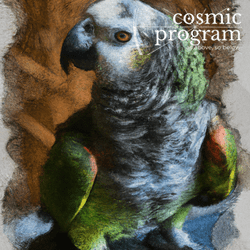







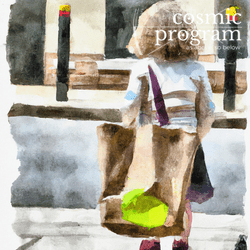





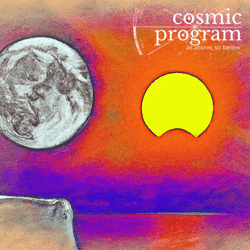








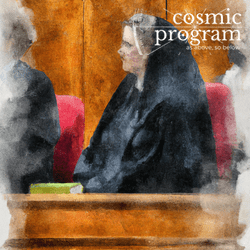




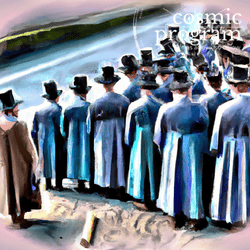

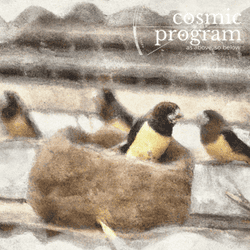

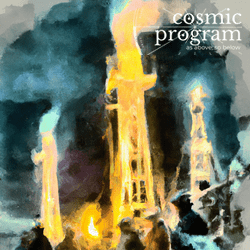

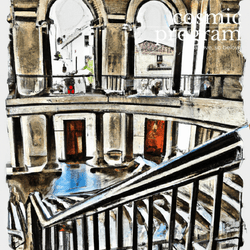



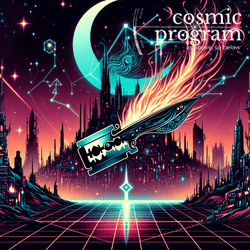








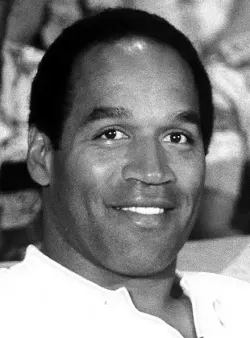
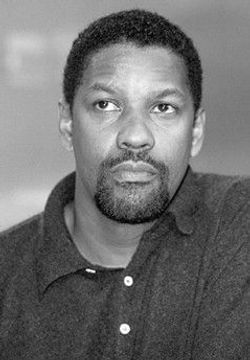
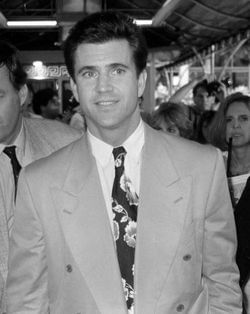
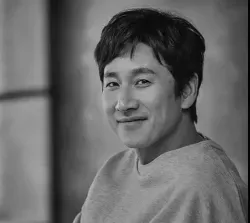

.jpg?bossToken=b74f5d1bfa81b670e213e50097b163d073b87e55fed5933c750b00f31ce5023b)

